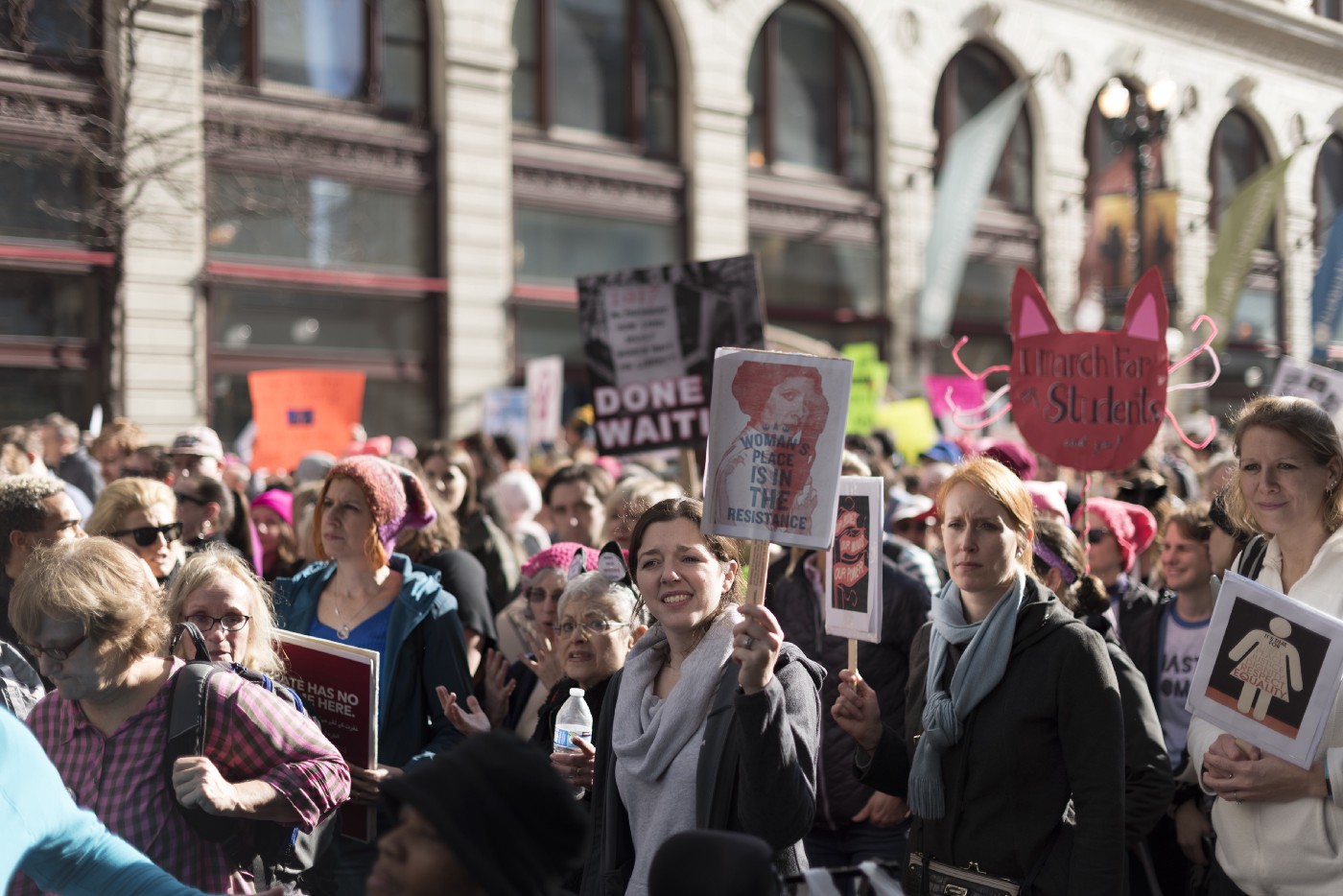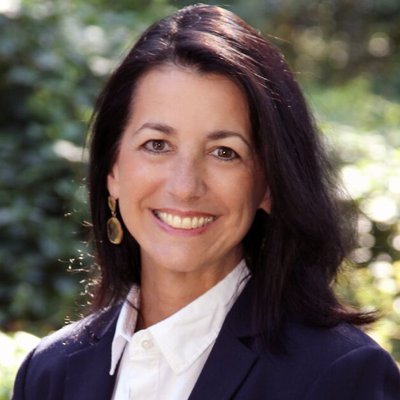Photo by Josh Howard on Unsplash
By Diane Cornman-Levy
Thousands of businesses across the United States have shut down their operations in response to COVID-19. Many of these businesses that have been deemed ‘not essential’ by the Department of Homeland Security are dominated by men such as the building trades.
Essential jobs are those that are too vital to be halted, even as cities and whole states are on lockdown. A majority of those jobs are held by women. In fact, one in three jobs held by women has been designated as essential according to a New York Times analysis of census data crossed with the federal government’s essential worker guidelines. More than half of these jobs are part of the “care workforce” including nurses, social workers, drugstore pharmacists, childcare workers, and home health aides. The soldier on the front lines of the current national emergency is most likely a woman and most are nonwhite women.
Today, as this virus rages on, these “essential critical infrastructure workers” have suddenly been deemed “our heroes”. Corporations, philanthropists, and individual citizens are praising the “critical” work these workers do to ensure our safety and well-being as they risk their own health. Yet prior to this pandemic, this unseen labor force that keeps the country running and takes care of those most in need, whether or not there is a pandemic, has often been largely underpaid. In addition, many of the jobs that make up the service sector workforce have limited access to employment benefits, such as retirement accounts, paid sick/vacation days, disability, and other wealth-building opportunities.
While our hospitals, nursing homes, childcare centers and other care facilities are primarily staffed by women, the other component of the care workforce is the caregivers at home, another invisible labor force. With a steady rise in healthcare costs and the lack of universal health care, the home has become the new hospital staffed by millions of unpaid family caregivers doing medical jobs, a majority of whom are women. As more Americans lose their jobs and access to health benefits — more than 30 million Americans have applied for unemployment benefits — the care workforce at home will be further burdened with addressing the escalating health care needs of their family members.
According to the GDP and the Federal Reserve, none of those millions of caregivers are actually working. If one does not get a paycheck, then one is ‘not working’. This hides one of the great truths in this world — that women do two-thirds of the worlds work — and perpetuates one of the greatest injustices — that women get only 5 percent of the income (UN figures).
Doing low-wage work on top of unwaged caregiving work is a driver of the Gender and Racial Wealth Gap. According to Asset Funders Network, women make up 47% of the U.S. Workforce, yet the typical woman has only 36 cents of wealth for every $1 of wealth owned by a typical man. Nearly 50 percent of Black and Hispanic single women have zero or negative net worth. Single mothers, especially mothers of color, are the most at-risk of being asset poor due to occupational segregation, current and historical barriers to accessing homeownership, caregiving responsibilities, and lack of inherited wealth. Between 2010 and 2019, the cost of child care increased 24 percent while the median wage only increased 17 percent. The burden of child care for low-income partners is particularly steep. Families with incomes below the poverty level spend 36 percent of their income on child care expenses.
According to the Self-Sufficiency Standard Report, households with children in Pennsylvania are at greater risk of not meeting their basic needs, accounting for more than half of households with inadequate income. The high cost of child care leaves low-income working parents, and especially single parents, with little money left over to make ends meet and likely leaves next to nothing left over to save or invest.
Without assets, women and their families live paycheck to paycheck and do not have enough financial assets to cover three months’ worth of expenses at the federal poverty level. Without assets, families are unable to remain secure through financial disruptions as is currently being witnessed by the devastating financial impact COVID-19 is creating across our region and our nation. Without assets, mothers and their children are always living on the edge undermining their emotional, intellectual, and physical health.
The COVID-19 crisis shines a blinding light on the deep and ever-widening economic inequities on which our country was built. It has highlighted the sexist and racist biases that are integrated throughout our white supremacist culture that values the work predominantly done by white men over the work that is primarily done by women and especially women of color. And yet the whole of society depends on caregiving work: raising children, cleaning our homes and offices, serving food, elder care, caring for those who are sick and those with disabilities.
Now, more than ever, we must come together to invest in strategies and policies that decrease and eventually eliminate the gender and racial wealth gap. We must do more than temporarily label these essential workers as heroes. We must value their work well beyond COVID-19 by supporting policies and practices that will build assets for all families and ensure the financial security of every mother and child now, and into the future.
Below are recommendations to dismantle systemic barriers to economic security that create and sustain gender and racial wealth gaps in our region and in our nation. They confront inequities based on gender and race.
Recommendations for Philanthropists:
- Become a member of the Asset Funders Network, the only grantmaker membership organization focused on building economic well-being for all.
- Use an asset-building framework to collaboratively design and test new initiatives that integrate asset-building into anti-poverty programs. (Read more about these strategies: Asset Funders Network publication entitled, Strategic Philanthropy: Integrating Investments-A framework for Impact).
- Invest in gender transformative grantmaking to build the capacity of organizations to challenge and dismantle rigid social gender norms.
- Build relationships with Black and Brown women leaders, listen and learn from them, and invest in their efforts to promote racial equity. (Read the report: Racial Equity and Philanthropy: Disparities in Funding for Leaders of Color Leave Impact on the Table)
- Invest in programs that work to change the narrative about the root and systemic causes of gender and racial economic inequities.
- Provide unrestricted, multiple-year funding to nonprofits that are advocating for systems-level changes that will help close the gender and racial wealth gap.
Recommendations for Advocates and Policymakers:
- Support policies that work toward and eventually result in universal healthcare.
- Support a universal basic income to reduce poverty and help provide financial security for everyone in our economy.
- Support universal Children’s Savings Account Programs.
- Support paid family, medical and sick leave.
- Advocate for increased funding for universal affordable childcare.
- Advocate for the Paycheck Fairness Act, the Family and Medical Insurance Leave Act, and the Equal Rights Amendment in Congress.
- Support liveable wages as defined by the Self-Sufficiency Standard, a realistic, geographically specific, and family composition-specific measure of income adequacy, and safe working conditions for everyone in our economy to thrive. (Read more about the Self-Sufficiency Standard.)
Diane Cornman-Levy is Executive Director of WOMEN'S WAY, the Greater Philadelphia region’s leading nonprofit organization dedicated to the advancement of women, girls, and gender equity. Email Diane at: dcornmanlevy@womensway.org.


